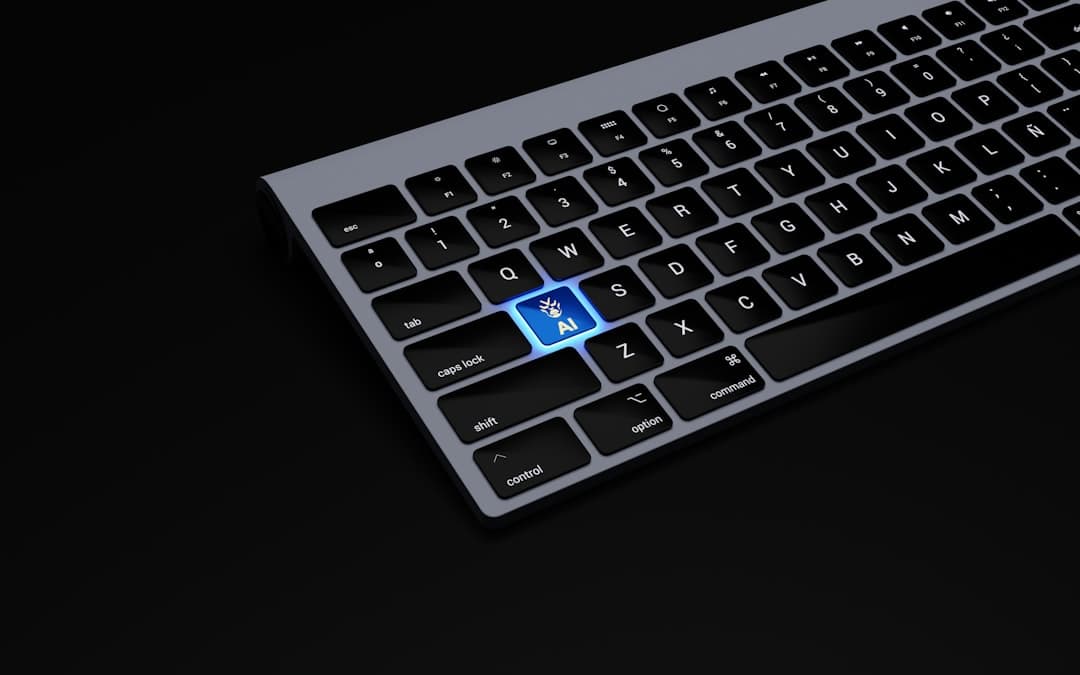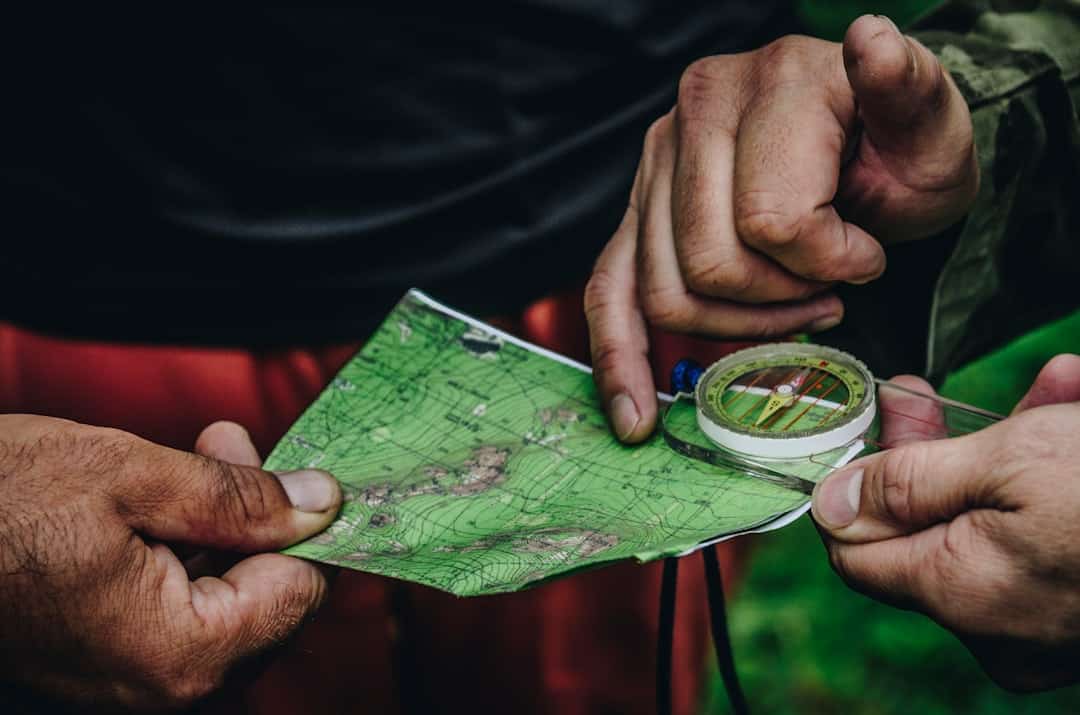Deep learning is a branch of machine learning that employs multi-layered neural networks to analyze and interpret complex data. This approach has become increasingly popular due to its effectiveness in solving intricate problems across various domains, including image and speech recognition, as well as natural language processing. MATLAB, a high-level programming language and interactive environment for numerical computation, visualization, and programming, has emerged as a prominent tool for Deep Learning applications.
MATLAB offers a comprehensive suite of tools for deep learning, encompassing data preprocessing, feature extraction, and network design capabilities. The platform’s deep learning toolbox enables users to construct, train, and validate neural networks for diverse applications. Furthermore, MATLAB’s integration with CUDA and cuDNN allows users to harness the computational power of GPUs, significantly accelerating deep learning processes.
The software’s intuitive interface and extensive documentation have made it a preferred choice among researchers, engineers, and data scientists working in the field of deep learning.
Key Takeaways
- Deep learning is a subset of machine learning that uses neural networks to model and understand complex patterns in data, and MATLAB provides a comprehensive environment for deep learning research and application development.
- MATLAB offers a user-friendly interface for building, training, and evaluating neural networks, making it easier for researchers and engineers to understand and implement deep learning algorithms.
- Convolutional Neural Networks (CNN) can be easily implemented in MATLAB for image recognition tasks, with built-in functions for data preprocessing, network design, and performance evaluation.
- MATLAB provides powerful tools for natural language processing (NLP) and text analytics, enabling researchers to develop and deploy AI applications for language understanding and sentiment analysis.
- Time series analysis and forecasting can be efficiently performed using MATLAB’s deep learning capabilities, allowing researchers to build predictive models for various applications such as finance, healthcare, and weather forecasting.
- MATLAB’s reinforcement learning toolbox enables researchers to develop and deploy AI applications for decision making and control in complex environments, opening up new possibilities for AI applications in robotics, autonomous systems, and game playing.
- In conclusion, MATLAB offers a versatile and comprehensive platform for deep learning research and application development, with future directions including advancements in model interpretability, scalability, and integration with other AI technologies.
Understanding Neural Networks and Deep Learning in MATLAB
Neural networks are at the core of deep learning, and MATLAB provides a rich set of tools for understanding and implementing them. With MATLAB, users can create different types of neural networks, including feedforward, convolutional, and recurrent networks. The deep learning toolbox in MATLAB offers pre-trained models for tasks such as image classification, object detection, and sentiment analysis, allowing users to quickly get started with their deep learning projects.
MATLAB also provides visualization tools for neural networks, enabling users to analyze network architecture, training progress, and performance metrics. This makes it easier to understand the behavior of neural networks and identify potential areas for improvement. Additionally, MATLAB’s support for transfer learning allows users to fine-tune pre-trained models for specific tasks, saving time and computational resources.
Implementing Convolutional Neural Networks (CNN) with MATLAB for Image Recognition

Convolutional neural networks (CNNs) have revolutionized the field of computer vision, enabling machines to recognize and classify images with remarkable accuracy. MATLAB’s deep learning toolbox includes functions for creating and training CNNs, making it easy for users to implement image recognition tasks. With MATLAB, users can import and preprocess image data, design CNN architectures using visual tools or custom code, and train the networks using GPUs for faster convergence.
MATLAB also provides tools for visualizing intermediate layers of CNNs, allowing users to understand how the network processes input images and extracts features at different stages. This visualization capability is invaluable for debugging and fine-tuning CNN architectures. Additionally, MATLAB’s support for automatic differentiation and optimization algorithms simplifies the process of training CNNs, enabling users to achieve state-of-the-art performance in image recognition tasks.
Using MATLAB for Natural Language Processing (NLP) and Text Analytics in AI
| Metrics | Description |
|---|---|
| Word Frequency | Count of how often each word appears in a text |
| Sentiment Analysis | Determining the emotional tone behind a series of words |
| Text Classification | Grouping and categorizing text based on content |
| Named Entity Recognition | Identifying and classifying named entities in text |
| Topic Modeling | Identifying topics or themes within a collection of text |
Natural language processing (NLP) is a key area of artificial intelligence that focuses on enabling machines to understand and interpret human language. MATLAB offers a range of tools for NLP and text analytics, including functions for tokenization, stemming, and sentiment analysis. With MATLAB, users can preprocess text data, build word embeddings using techniques such as Word2Vec or GloVe, and train machine learning models for tasks such as text classification and named entity recognition.
MATLAB’s deep learning toolbox also includes pre-trained models for NLP tasks, such as sentiment analysis and text generation, allowing users to quickly prototype and deploy NLP applications. Additionally, MATLAB’s integration with popular word embeddings and language models simplifies the process of incorporating state-of-the-art NLP techniques into AI applications. With its comprehensive set of functions and toolboxes, MATLAB has become a valuable platform for researchers and practitioners working in the field of NLP.
Exploring Deep Learning with MATLAB for Time Series Analysis and Forecasting
Time series analysis and forecasting are important tasks in various domains, including finance, economics, and engineering. MATLAB provides a range of tools for deep learning-based time series analysis, including functions for data preprocessing, feature extraction, and model training. With MATLAB, users can build recurrent neural networks (RNNs) and long short-term memory (LSTM) networks for time series prediction, leveraging the sequential nature of time series data.
MATLAB’s deep learning toolbox also includes functions for visualizing time series data and model performance, making it easier for users to analyze and interpret their results. Additionally, MATLAB’s support for parallel computing and GPU acceleration enables users to handle large-scale time series datasets and train complex models efficiently. With its rich set of functions and toolboxes tailored for time series analysis, MATLAB has become a popular choice for researchers and practitioners working in this domain.
Leveraging MATLAB for Reinforcement Learning and AI Applications

Reinforcement learning is a branch of machine learning that focuses on training agents to make sequential decisions in an environment to maximize cumulative rewards. MATLAB provides a comprehensive environment for reinforcement learning, offering functions for building reinforcement learning agents, defining environments, and training policies using techniques such as Q-learning and deep Q-networks (DQN). With MATLAB, users can prototype and deploy reinforcement learning algorithms for various applications, such as game playing, robotics, and autonomous systems.
MATLAB’s reinforcement learning toolbox includes pre-built environments and examples for users to get started with their reinforcement learning projects. Additionally, MATLAB’s integration with Simulink enables users to simulate and test reinforcement learning agents in complex environments before deploying them in real-world applications. With its extensive set of functions and toolboxes tailored for reinforcement learning, MATLAB has become a valuable platform for researchers and engineers working in the field of AI.
Conclusion and Future Directions in Deep Learning with MATLAB
In conclusion, MATLAB provides a powerful environment for deep learning across various domains, including computer vision, natural language processing, time series analysis, and reinforcement learning. Its rich set of functions and toolboxes enable users to prototype, train, and deploy state-of-the-art deep learning models for a wide range of applications. As deep learning continues to advance rapidly, MATLAB is expected to play a key role in enabling researchers and practitioners to harness the power of deep learning for solving complex problems in AI.
Looking ahead, future directions in deep learning with MATLAB may include further integration with cloud platforms for scalable computing, enhanced support for automated machine learning (AutoML) techniques, and expanded toolboxes for emerging areas such as generative adversarial networks (GANs) and meta-learning. Additionally, advancements in hardware acceleration technologies such as tensor processing units (TPUs) may further enhance the performance of deep learning computations in MATLAOverall, the future looks promising for deep learning with MATLAB as it continues to evolve to meet the growing demands of the AI community.
If you are interested in exploring the potential of the metaverse, you may also want to check out this article on tourism in the metaverse: who needs reality. It discusses the concept of tourism in the metaverse and the opportunities it presents for businesses and individuals. This article could provide valuable insights into the possibilities of virtual environments and their impact on various industries.
FAQs
What is MATLAB Deep Learning?
MATLAB Deep Learning is a comprehensive platform that provides tools and resources for designing, implementing, and deploying deep learning models. It includes a wide range of algorithms, pretrained models, and apps for image and signal processing, computer vision, and natural language processing.
What are the key features of MATLAB Deep Learning?
MATLAB Deep Learning offers features such as deep learning framework integration, automated labeling and data preprocessing, visualization tools for network architectures, and support for GPU acceleration. It also includes pretrained models and transfer learning capabilities.
What are the applications of MATLAB Deep Learning?
MATLAB Deep Learning can be used for various applications including image and video recognition, speech recognition, natural language processing, autonomous systems, and predictive maintenance. It is widely used in industries such as healthcare, automotive, finance, and manufacturing.
How can MATLAB Deep Learning be used for research and development?
MATLAB Deep Learning provides a platform for researchers and developers to explore and experiment with different deep learning architectures, algorithms, and techniques. It offers a flexible and scalable environment for prototyping, testing, and validating deep learning models.
What are the advantages of using MATLAB Deep Learning?
Some advantages of using MATLAB Deep Learning include its comprehensive set of tools and resources, integration with other MATLAB toolboxes, support for multiple deep learning frameworks, and the ability to deploy models to various platforms including embedded systems and cloud services.











Leave a Reply